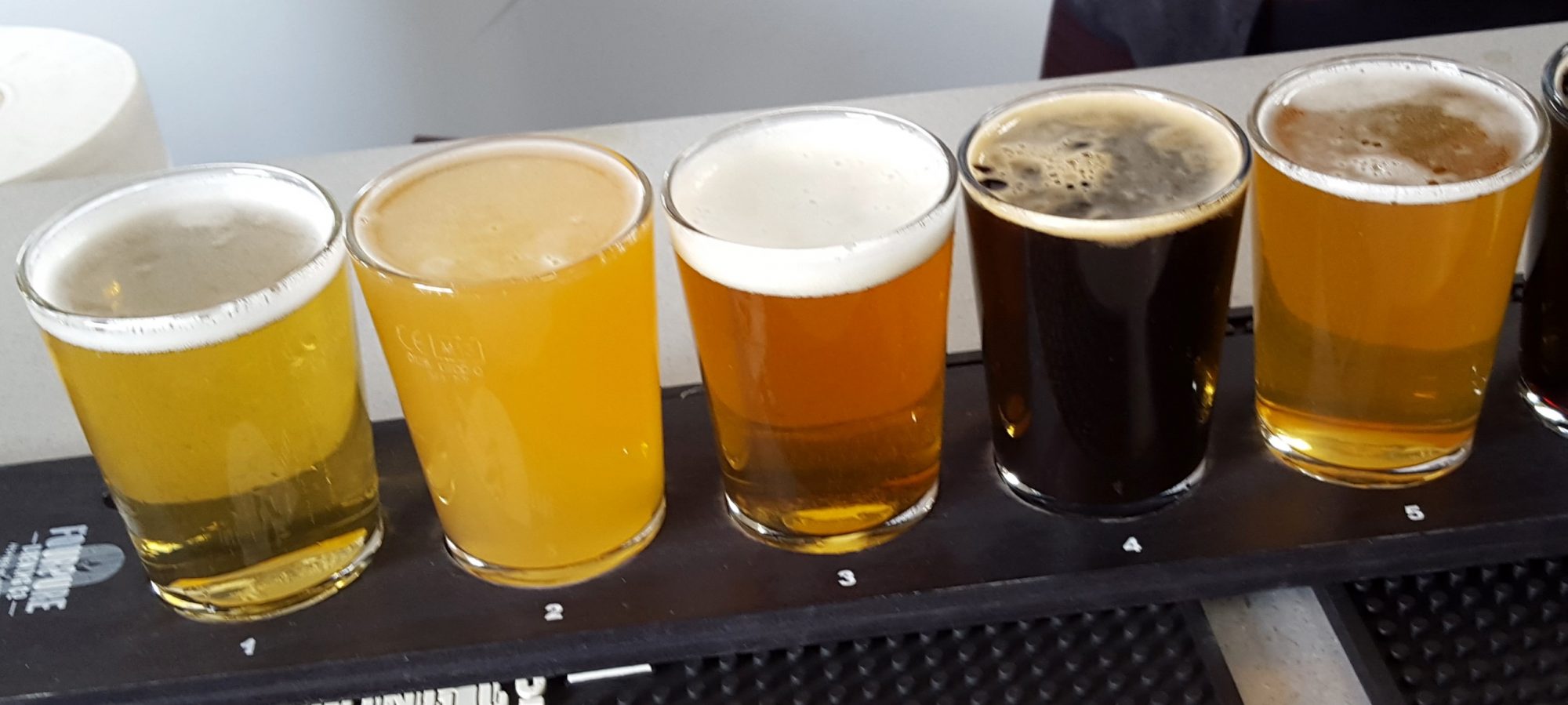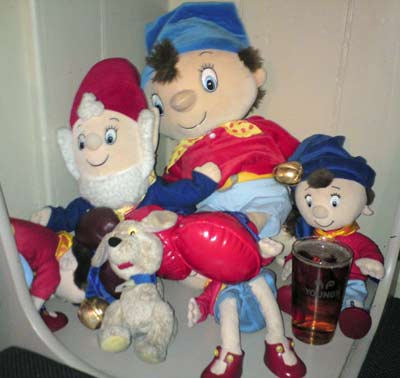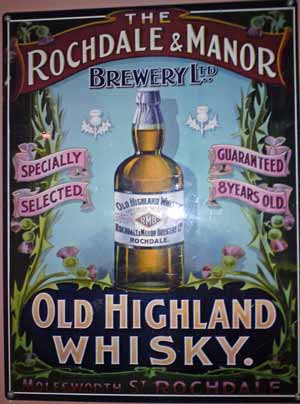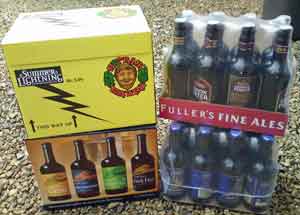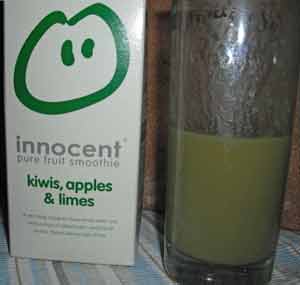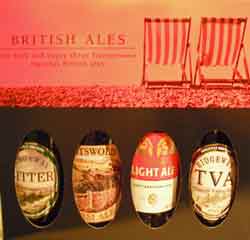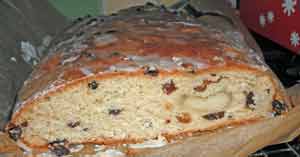The World Cup is slowly building up after what everyone who’s not involved in commercially hyping it must admit was a pretty dire start. Mexico’s demolition of a totally useless French side was a joy to behold…and that number 14 for Mexico looked like a pretty nifty player — I wouldn’t mind having him in my team’s squad! £7m is beginning to look like a bargain.
However, two reasons for intense irritation remain even now the football has picked up. One is the famous vuvuzelas — it seems like some bright capitalist factory owner in South Africa has convinced FIFA and the media that these oversized plastic kazoos are some sort of traditional African heirloom that’s an indelible part of the culture there — and to criticise the terrible noise they make would clearly be culturally imperialist (no matter that they’re irritating the hell out of the billions of people who are watching this showcase for South Africa). I would suspect that going back a few years they were probably about as commonly played as bagpipes are in Scotland. Wikipedia suggests they weren’t in common use in South Africa until 2001.
But even worse is that on ITV we have the human equivalent of the vuvuzela drone in Adrian Chiles. What possessed them to poach him from the BBC for such a huge salary? For about the last 5 years it’s been almost impossible to turn on the television without seeing his pug-like features. I thought he was ok when he was doing business programmes and The Apprentice, You’re Fired and even on Match of the Day 2 — his downbeat, matter-of-factness didn’t seem to detract from the subject. But I started to loathe his appearances on The One Show — a more blatantly incompetent autocue reader one would be hard pushed to find. When he wasn’t grimacing at the screen trying to read what to say next he was screwing his face up looking down at his notes. He gave the impression he was utterly incapable of having anything interesting to say whatsoever and, acknowledging this, avoided all eye contact with the viewer. He was also nauseatingly politically correct — playing the down-trodden, idiotic, simple, football obsessed modern bloke while genuflecting before every right-on cause.
Now we have to have him spoiling the football coverage. It’s the World Cup, yet you’d think he was still mumbling about the NASDAQ moving down 0.1% as he used to on ‘Working Lunch’. While ITV are often guilty of way too much hyperbole in their sports coverage, he’s so totally the other way it’s a joke. With a bit of luck he might fall asleep during the England match — him snoring his way through the analysis would probably be a marginal improvement. Or maybe ITV can repeat their monumental blunder of putting an advert on their HD transmission feed just as Gerrard scored England’s goal and we can all watch Hyundai ads instead of more interminable droning.
